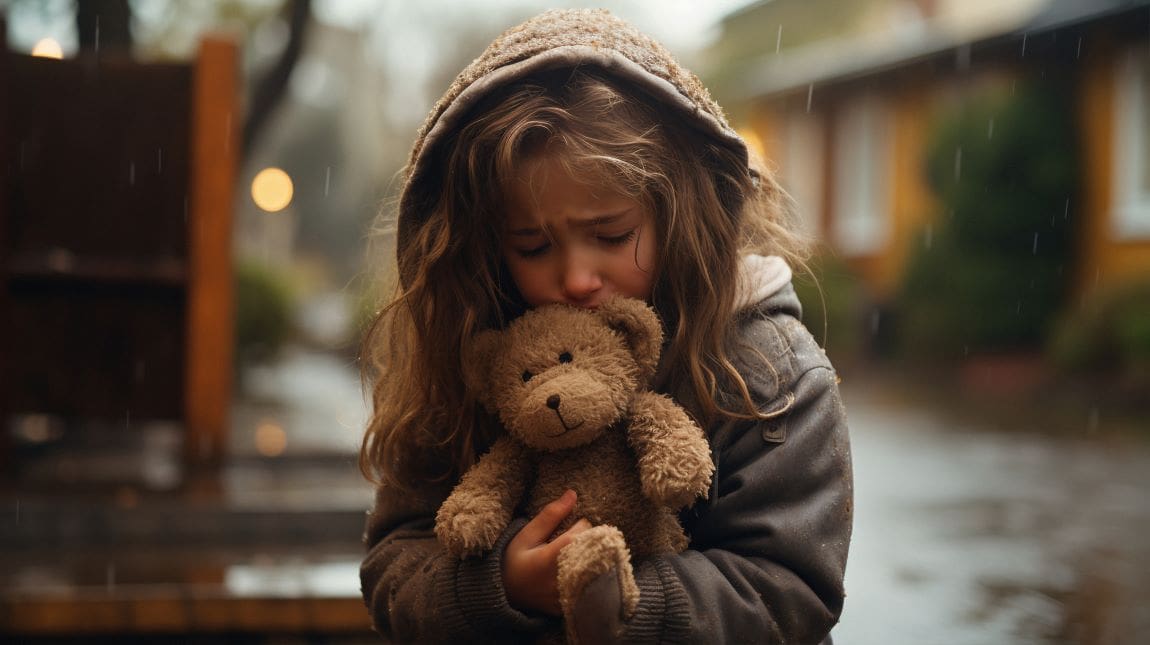In an effort to address two major crises simultaneously, researchers from Columbia University Mailman School of Public Health and the London School of Hygiene and Tropical Medicine are calling on global leaders to integrate climate policy with strategies to end violence against children.
Their study, published in The Lancet Child and Adolescent Health, argues that the fight to prevent violence and adapt to climate change can share common ground, setting the stage for faster progress toward the UN’s goal of ending all forms of violence against children by 2030.
On November 7th and 8th, the first Global Ministerial Conference on Ending Violence Against Children convened in Bogotá, Colombia, hosted by the Colombian government with support from Sweden, UNICEF, and the UN Special Representative on Violence Against Children.

Dr. Ilan Cerna-Turoff, from Department of Epidemiology at Columbia Mailman School, noted: “2024 marks a watershed moment in violence prevention. This convening has the potential to accelerate proven solutions towards ending all forms of violence against children (VAC) by 2030. However, achieving the goal will require synergies with the climate agenda.”
The interplay of climate change and violence risks
The study highlights how rising global temperatures and worsening extreme weather events can compromise social protections, reshape behavioral norms, and amplify psychological stress, thereby heightening violence risks in vulnerable communities. Regions particularly sensitive to climate shifts, including many with high rates of violence, are also home to some of the world’s largest youth populations.
The report warns that climate-induced disruptions can “increase the risk of violence by collapsing state and interpersonal protection systems; changing socio-behavioral norms; increasing stress and negative coping; and exacerbating mental health conditions.”
In addressing these intersections, the researchers propose policies that extend violence prevention strategies to also encompass climate resilience. Dr. Cerna-Turoff elaborates on these proposals, such as building policies that provide violence prevention during climate migration and displacement and during and after extreme weather.
Further recommendations include creating safe community environments in disaster zones, designing emergency facilities to consider age and gender sensitivities, and establishing violence-reporting structures during times when school access is disrupted.
“Integrating climate and violence policy is a wise investment,” Cerna-Turoff states. This integration is especially urgent for low- and middle-income countries, which face both high climate risks and significant resource constraints.
While the financial burden of climate change adaptation is staggering, it is even higher in regions with competing health and safety priorities. Estimates suggest that if global warming is to be contained to below 2°C, adaptation funding will need to increase six-fold in Southeast Asia and developing Pacific nations, five-fold in Africa, and fourteen-fold in the Middle East by 2030.
Beyond economic imperatives, the study argues that the dual challenge of climate change and violence highlights stark global inequalities.
“This is also an issue of structural violence,” says Cerna-Turoff. “While high income countries are driving the rise in temperatures, people in low- and middle-income countries are more affected. We can promote a society where all groups can benefit from better health and development, and no one is left behind.”
By embedding violence prevention within climate resilience strategies, the study suggests a path forward that fosters greater equity and protection for vulnerable populations. Professor Karen Devries of the London School of Hygiene and Tropical Medicine, co-author of the paper, underscores that integrating these policies could lay the groundwork for a healthier, safer future.
Journal Reference:
Ilan Cerna-Turoffa, Karen M. Devries, ‘End violence against children and adolescents: integrate climate policy into the 2030 SDGs’, The Lancet Child & Adolescent Health (2024). DOI: 10.1016/S2352-4642(24)00301-8
Article Source:
Press Release/Material by Columbia University’s Mailman School of Public Health
Featured image credit: Freepik (AI Gen)




